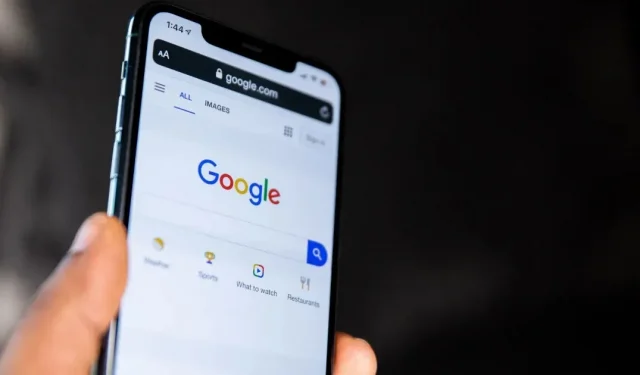What we call the Internet today is basically nothing but Google. The search giant knows almost everything in the world. Unfortunately, it also includes your names, address, contact numbers, and other details. So far, Google’s policy has been to protect your banking and credit card information from public access. However, the firm has finally expanded this feature to allow you to request deletion of your personal information, including physical address, email address, and phone numbers, in order to maintain a level of user data privacy.
“The availability of personal contact information online can be annoying – and it can be used to harm, including unwanted direct contact or even physical harm,”said Michelle Chang, head of Google’s global search policy. “And people have been telling us that in some cases they would like to be able to remove this type of information from Search,” she added.
However, Google will not remove the information at your request. It will evaluate the content of the web page and may not remove it if the information is “generally useful”. It will also evaluate government websites and official sources and will not remove information if it is already there.
How to Remove Your Phone Number from Google Search Results
If you do not want Google to show your personal information in public search results. Here are some simple steps.
- Visit the theme’s support page.
- Scroll down and click on the “Start a Removal Request”tab.
- Select the “Delete what you see on Google Search”option under “What do you want to do?”
- Select “In Google search results and website”or “Only in Google search results”depending on your preference in the next question.
- Select one of the three options showing “No. How do I do this?”, “No, I prefer not to,” or “Yes” to the question “Have you contacted the website owner?”
- Choose what information you want to remove from search results and from the website:
– Personal information such as identification numbers and personal documents
– Nude or sexually explicit objects
– Content about me on sites with exploitative removal methods
– Content that should be removed for legal reasons
– An image of a person who is currently under 18 years of age.
Read more: Google finally launches Switch to Android app, 6 years after Apple’s Switch to iOS
- After selecting the first option, select the first option to remove contact information, address, phone number, etc. from the list:
– Contact information such as address, telephone number or email address.
– Government issued identification number
– Bank account or credit card number
– Handwritten signature and images of identification documents
– Limited, personal, medical document
– Confidential login credentials
- In the form shown below, check the box “Active content?”
- You can then choose “Yes”or “No”from the options when you are asked if your personal information is being shared with malicious intent, threats, or harassment.
- Then enter your full name, the name of the person if you are filling out the form on his/her behalf. In addition, add your country of residence, contact email address, URL of the web page you want to remove information from, add a screenshot showing your personal information in search results (optional), query terms that show your information, and any additional context, if required.
- Finally, check the box in the Signature section and then click Submit.
After submitting your request, you will receive an automatic confirmation email. This will be followed by a review from Google. He may also request additional information if the information provided is insufficient. If the request falls within Google’s policy, it will take action. Otherwise, it will give you a short explanation of why your request was denied.
It’s worth adding that even if Google removes your personal information from the results page, users will still be able to view the information on the web by navigating through the website that hosts it. The information will also be displayed on social networks and other search engines.
Google adds tools for user security and privacy
It looks like Google is doubling down on protecting user data. The above policy comes into effect just a few months after the firm began allowing under-18s or their parents to remove their images from search results. To do this, users will have to go through a process similar to the one mentioned above.
On the other hand, Google also introduced the People Card feature in India in January of this year. It’s like a virtual business card that shows basic information about you at the top of Google results. It allows you to add a short bio, your social media profiles, your short snippet. It’s tailor-made for entrepreneurs, business professionals, journalists, influencers, job seekers, and freelancers. Since the process is based on algorithmic signals, Google can also remove the “People”card in case of any misinformation.
However, there is also the option to remove a person’s card from Google search results or edit them.


